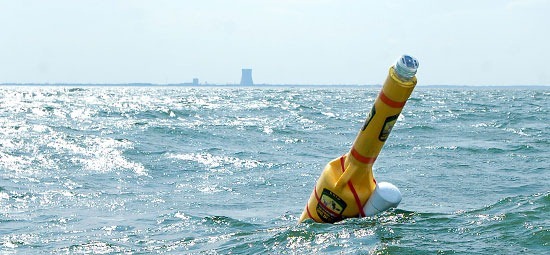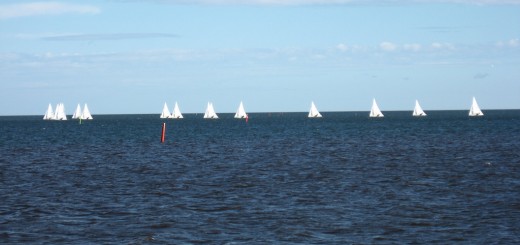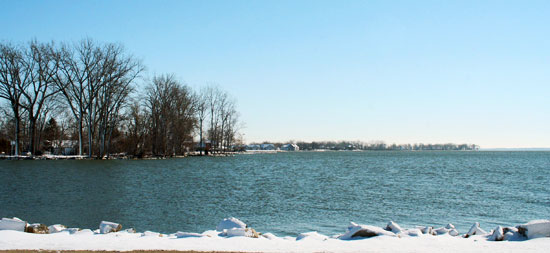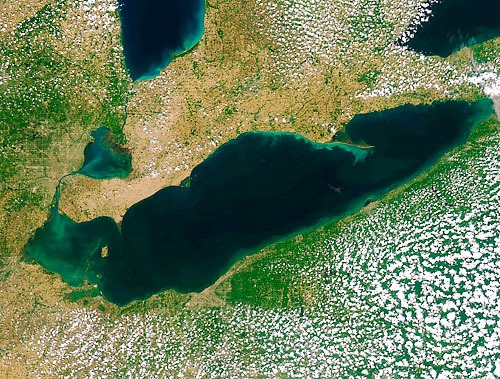Lake Urmia Turns Red
0NASA satellite instruments have captured stark views of Iran’s Lake Urmia experiencing what many believe is a bloom of algae coloring its waters red. It is not the first time that the lake has shifted from its typical green to red, but such shifts could become more frequent as the water body becomes saltier over time.
The transition from a freshwater body to a salty one is coming as Lake Urmia shrinks in size and continues to deal with dry conditions in the Middle East. The change has helped to bring about conditions ideal for algae that color its water red. These include a family of algae called Dunaliella and an archaic family of bacteria known as Halobacteriaceae.

Lake Urmia, July 18, 2016. (Credit: NASA Earth Observatory)
But scientists aren’t certain which type of algae is most at fault for the switch in hue that took place between April and July 2016.
An investigator at the University of Stuttgart argues that Dunaliella is most likely to blame, as heightened salinity can make the algae turn red due to protective carotenoids that it makes in its cells. Others feel that the Halobacteriaceae are more likely culprits. They are found in waters that are largely saturated with salt and release red pigments that absorb light and convert it into energy for the bacteria to use.

Lake Urmia, April 23, 2016. (Credit: NASA Earth Observatory)
Lake Urmia has switched from green to red and back many times in recent years. Drought and intensive water diversions for farming have continued to limit the amount of freshwater making it to the lake and have upped its salinity.
This is not the first red lake we’ve covered. Australia’s Lake Hillier is a bubblegum pink — A recent investigation discovered why.
Why do you think Lake Urmia has gone from green to red? Is there any hope that the lake can be restored? Please consider leaving a comment to share your thoughts!













